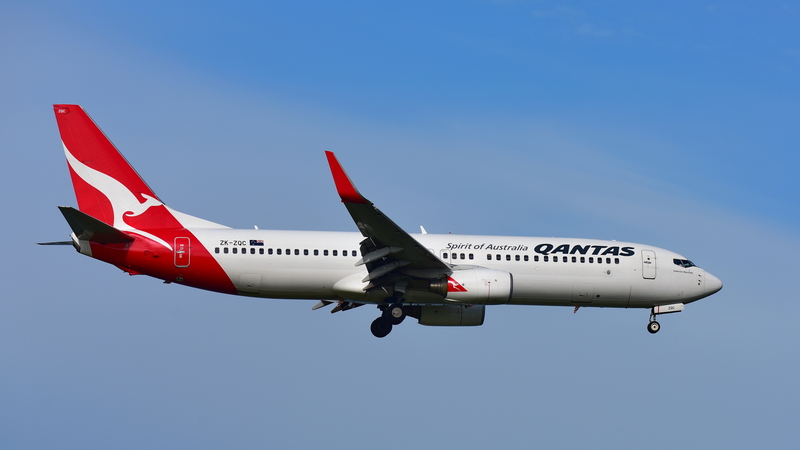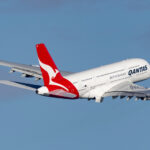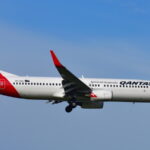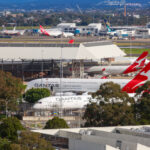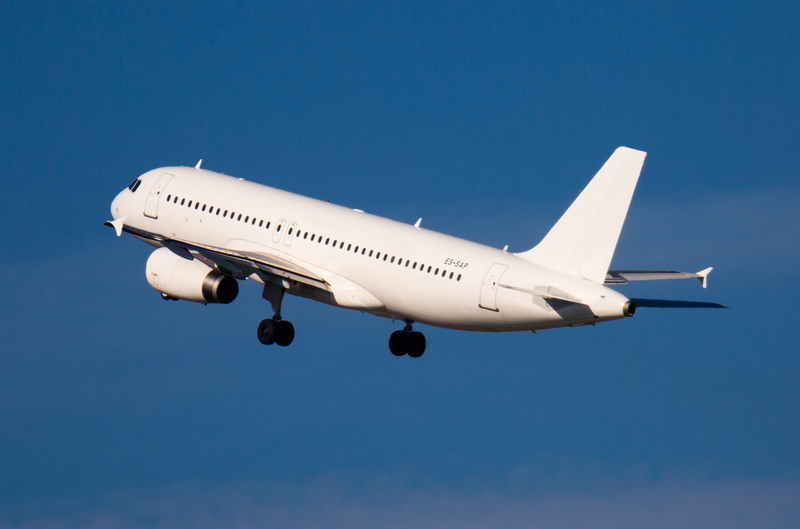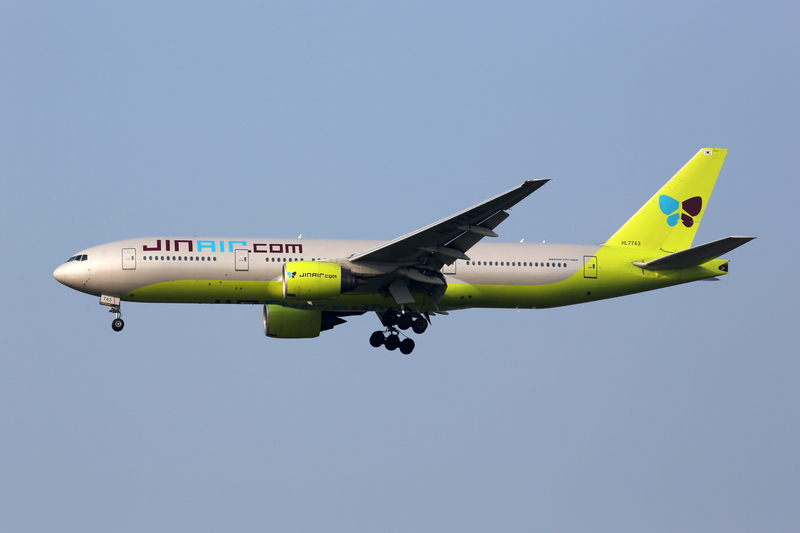Qantas Adds Short-Haul Economy Plus Across Domestic Fleet From 2026
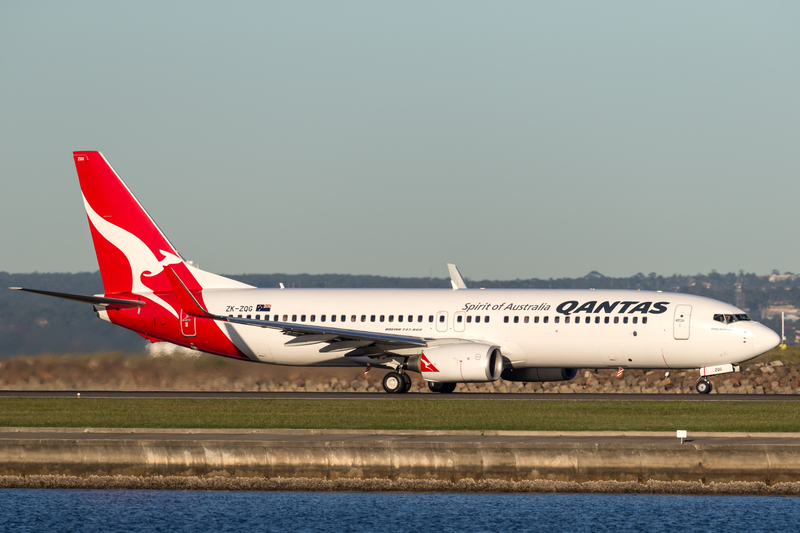
ID 97162539 | © Ryan Fletcher | Dreamstime.com
Qantas is carving out a new “in-between” cabin on its short-haul network, offering more legroom and extra perks without going all the way up to business class.
In this post:
-
Qantas’ new Economy Plus cabin and when it launches
-
Which aircraft get Economy Plus and how they’re laid out
-
How upgrades will work for frequent flyers and other passengers
-
Why Qantas is joining the extra-legroom trend now
Qantas’ new Economy Plus launches in early 2026
Starting February 2026, Qantas will introduce Economy Plus across its domestic and short-haul international network, covering flights within Australia, to New Zealand, and across the Pacific Islands.
Economy Plus is essentially a dedicated extra-legroom zone in the forward economy cabin, bundled with some priority services. It will be available:
-
As a paid upgrade for most passengers
-
As a complimentary benefit for elite Qantas Frequent Flyers
Newly delivered Airbus A220-300s and Airbus A321XLRs will roll out with Economy Plus from day one, while existing Boeing 737-800s will be retrofitted from December 2025.
Qantas Group CEO Vanessa Hudson describes the move as an evolution of the airline’s economy offering, designed to give customers more choice and reward the most loyal frequent flyers in ways “they value the most.”
Where Economy Plus will be available & how cabins are configured
Economy Plus will sit between the main economy cabin and the premium cabins (where applicable), with more space, better seat location, and priority benefits. Qantas says these seats will offer up to 40% more legroom than standard economy.
Boeing 737-800
The workhorse of Qantas’ domestic fleet will carry the largest Economy Plus section:
-
Aircraft type: Boeing 737-800
-
Economy Plus seats: 48
-
First Economy Plus row: Row 4, with a massive 51–52″ pitch
-
Exit row pitch: 38″
-
Other Economy Plus rows: 34″
To create the extra space, Qantas will remove one row of regular economy seats on each 737-800. The airline operates 77 737-800s, and refits will begin in December 2025, though the full completion timeline hasn’t yet been announced.
Airbus A321XLR
Qantas’ new long-range narrowbody will also feature a sizable Economy Plus cabin:
-
Aircraft type: Airbus A321XLR
-
Economy Plus seats: 36
-
First Economy Plus row: Row 6, with 39″ pitch
-
Exit row pitch: 38″
-
Other Economy Plus rows: 34″
The A321XLR has already entered Qantas scheduled service, with its first revenue flight in September 2025, and will be used on longer domestic and regional routes where the extra comfort will be especially noticeable.
Airbus A220-300
The smallest of the three types will have the most compact Economy Plus section:
-
Aircraft type: Airbus A220-300
-
Economy Plus seats: 20
-
First Economy Plus row: Row 4, with 39″ pitch
-
Exit row pitch: 38″
-
Other Economy Plus rows: 34″
The A220-300 is set to make its international debut in February 2026 on the Brisbane (BNE) – Wellington (WLG) route, giving passengers on that trans-Tasman sector an early look at Economy Plus.
Across all three fleets, Economy Plus passengers will sit in the forward part of the economy cabin, with:
-
More legroom
-
Priority boarding
-
First access to overhead bin space
How upgrades & pricing will work for Qantas customers
Qantas is using Economy Plus not just as a revenue product, but as a status benefit for its most loyal flyers.
Complimentary access for elite frequent flyers
-
Platinum & Platinum One
-
Complimentary Economy Plus selection
-
Available immediately at the time of booking when buying a regular economy fare
-
-
Gold
-
Complimentary Economy Plus access
-
Selection becomes available from 24 hours before departure, subject to availability
-
This makes Economy Plus a clear loyalty perk, especially valuable for frequent domestic travelers on busy trunk routes like SYD–MEL, SYD–BNE, and MEL–PER.
Paid upgrades for everyone else
-
Silver, Bronze, and non-members will be able to purchase Economy Plus as a paid upgrade
-
Pricing will vary based on flight distance, with more details to be announced closer to launch
Qantas already sees strong appetite for better seating within economy: the airline says passengers select over 21,000 preferred seats toward the front of the cabin each month. Economy Plus effectively formalizes and enhances that behavior with:
-
Extra legroom
-
Better location
-
Priority services
-
A clear status recognition hierarchy
Why Qantas is leaning into extra-legroom economy
Qantas is following a global trend toward “economy-plus” style products that sit between standard economy and full premium cabins.
-
In the US, carriers like Delta, United, and American have long made extra-legroom economy a major revenue and loyalty driver.
-
Even Southwest—traditionally a single-class carrier—is introducing extra-legroom seating.
-
At home, Virgin Australia’s “Economy X” has been on the market since 2017, and has proven popular with both business and leisure travelers who are willing to pay for a better experience without upgrading cabins entirely.
By creating a clearly branded Economy Plus product, Qantas is:
-
Competing more directly with Economy X on key domestic routes
-
Capturing corporate and premium leisure spend from travelers whose companies or budgets don’t stretch to business class
-
Rewarding elite frequent flyers with a tangible, everyday comfort upgrade on short-haul flights
Given the intensity of competition on domestic and trans-Tasman routes, especially from Virgin and low-cost rivals, Economy Plus is also one more lever for differentiation without needing to rework the entire cabin structure.
Bottom Line
From February 2026, Qantas will introduce Economy Plus across its A220-300, A321XLR, and 737-800 fleets, offering 34–52 inches of pitch, priority boarding, and better overhead-bin access in a dedicated extra-legroom zone.
Elite Gold, Platinum, and Platinum One members will be able to access these seats for free, while other passengers will be able to buy up for extra comfort. With Virgin’s Economy X already well established and global demand strong for “in-between” cabin options, Economy Plus looks like a logical move for Qantas to both boost revenue and add value to its frequent flyer program on short-haul routes.
